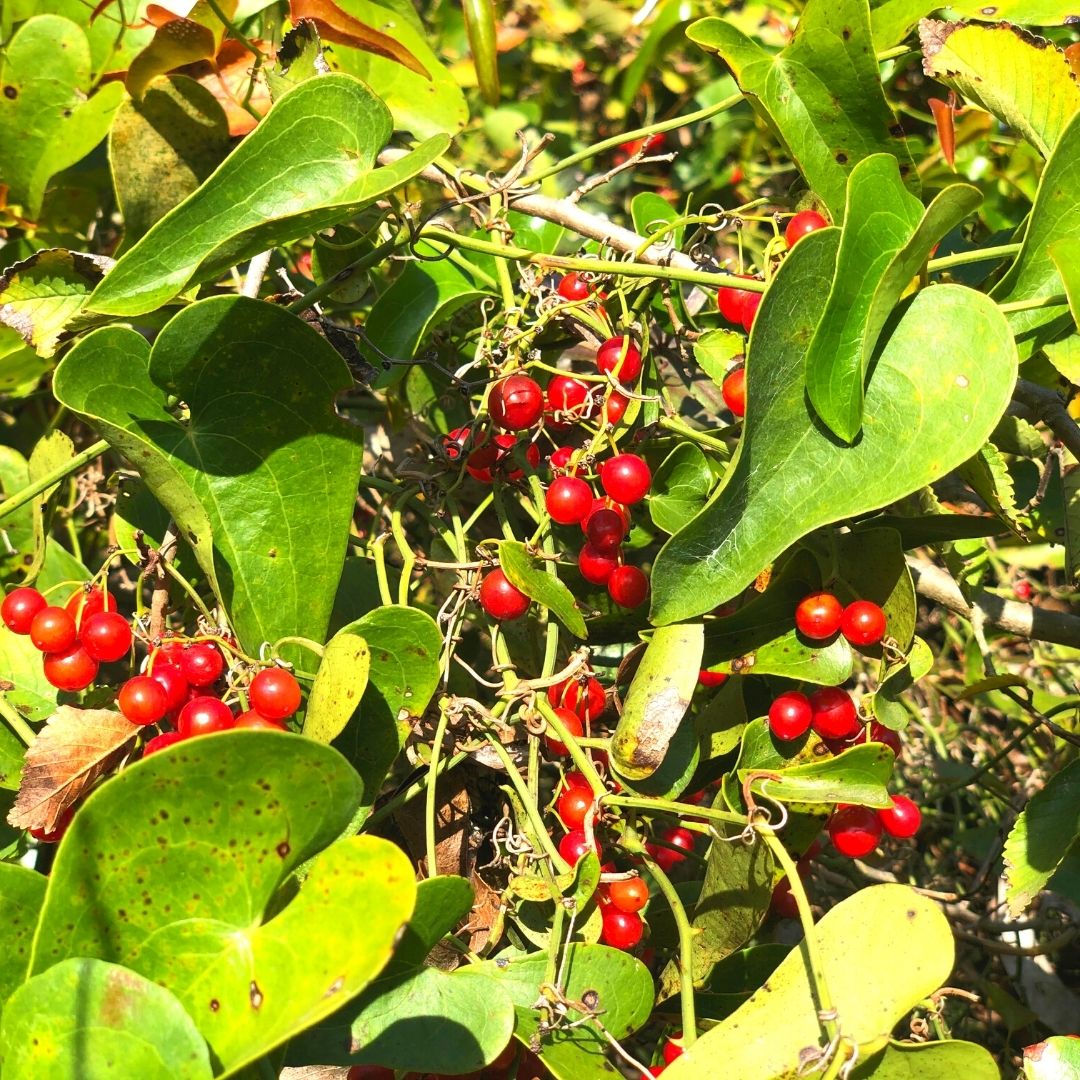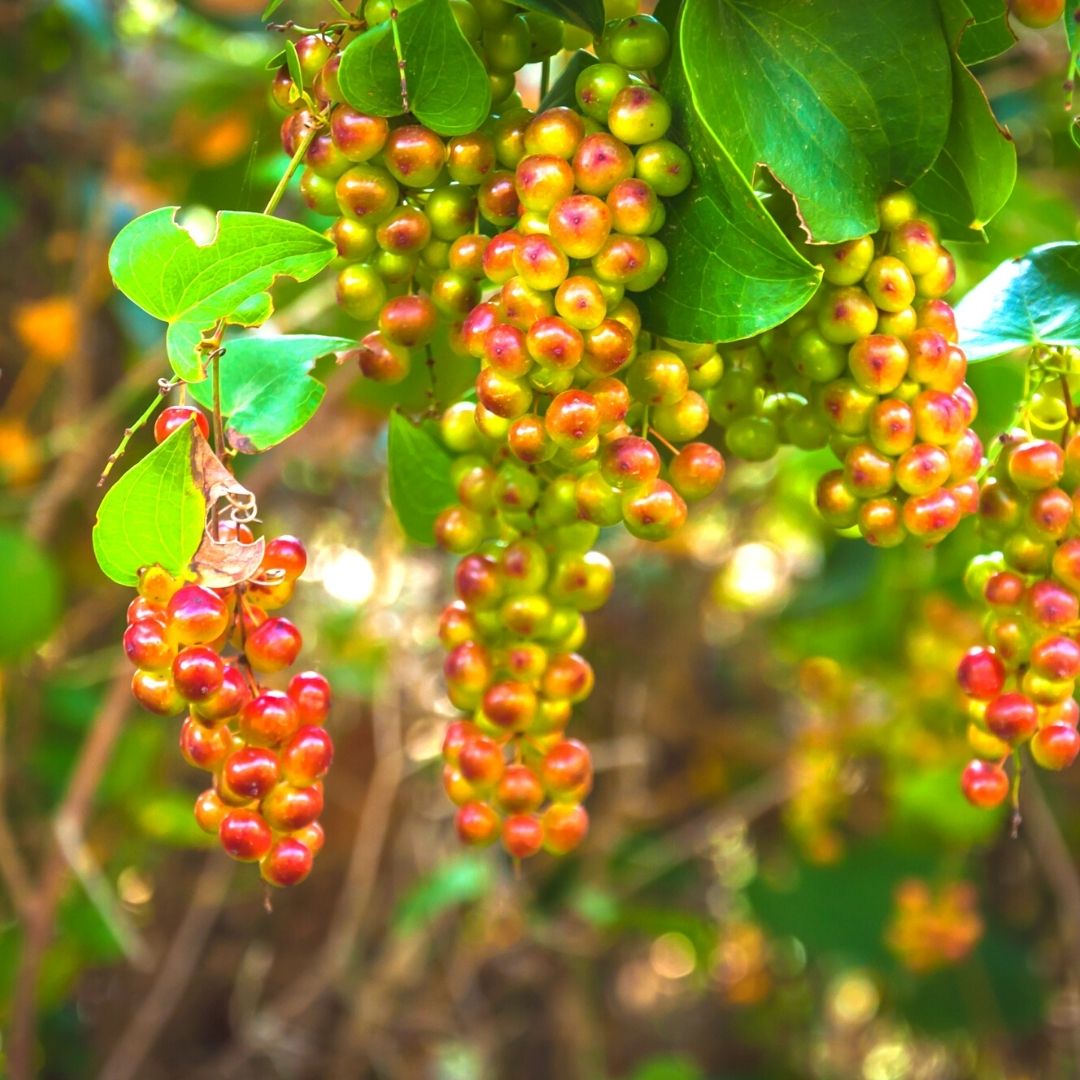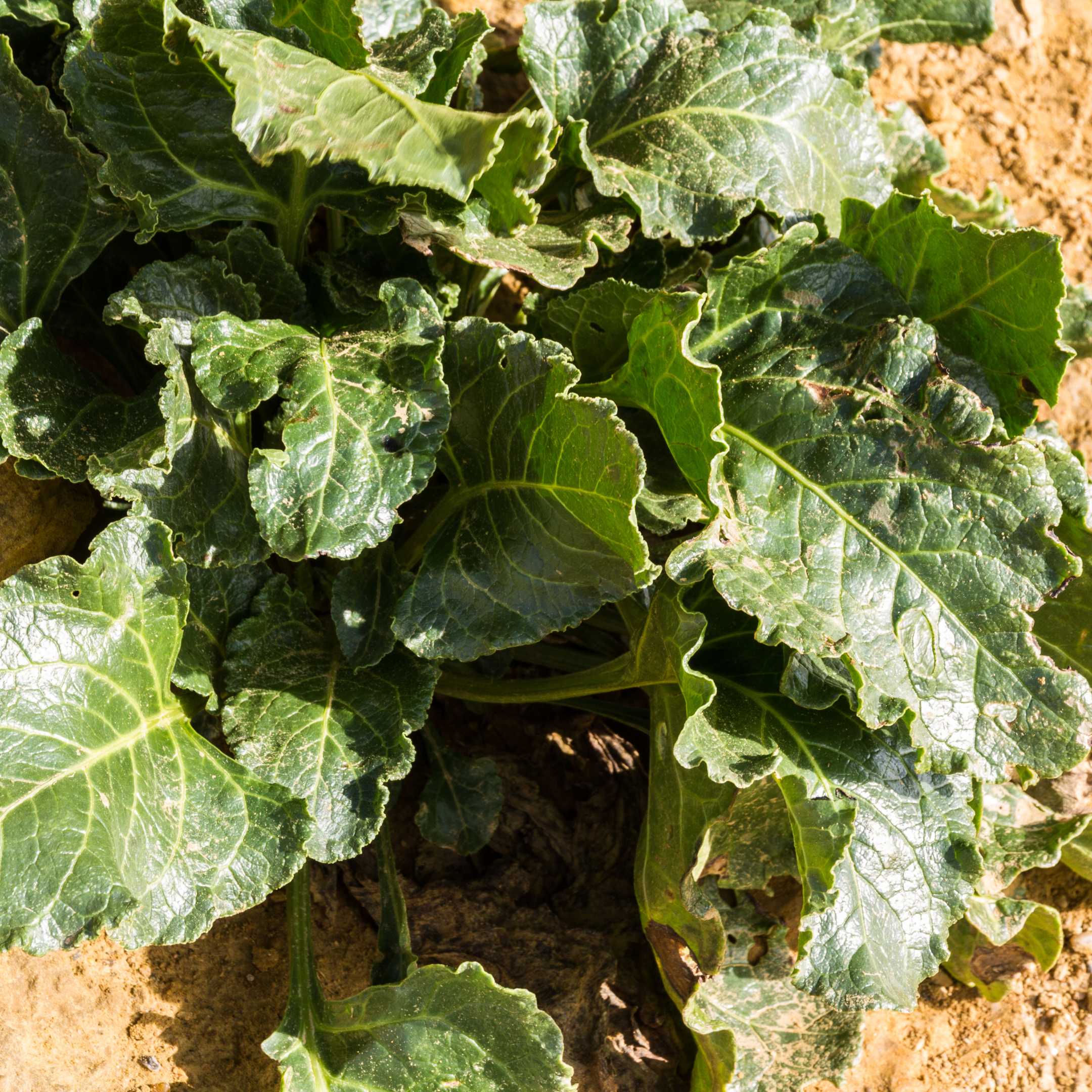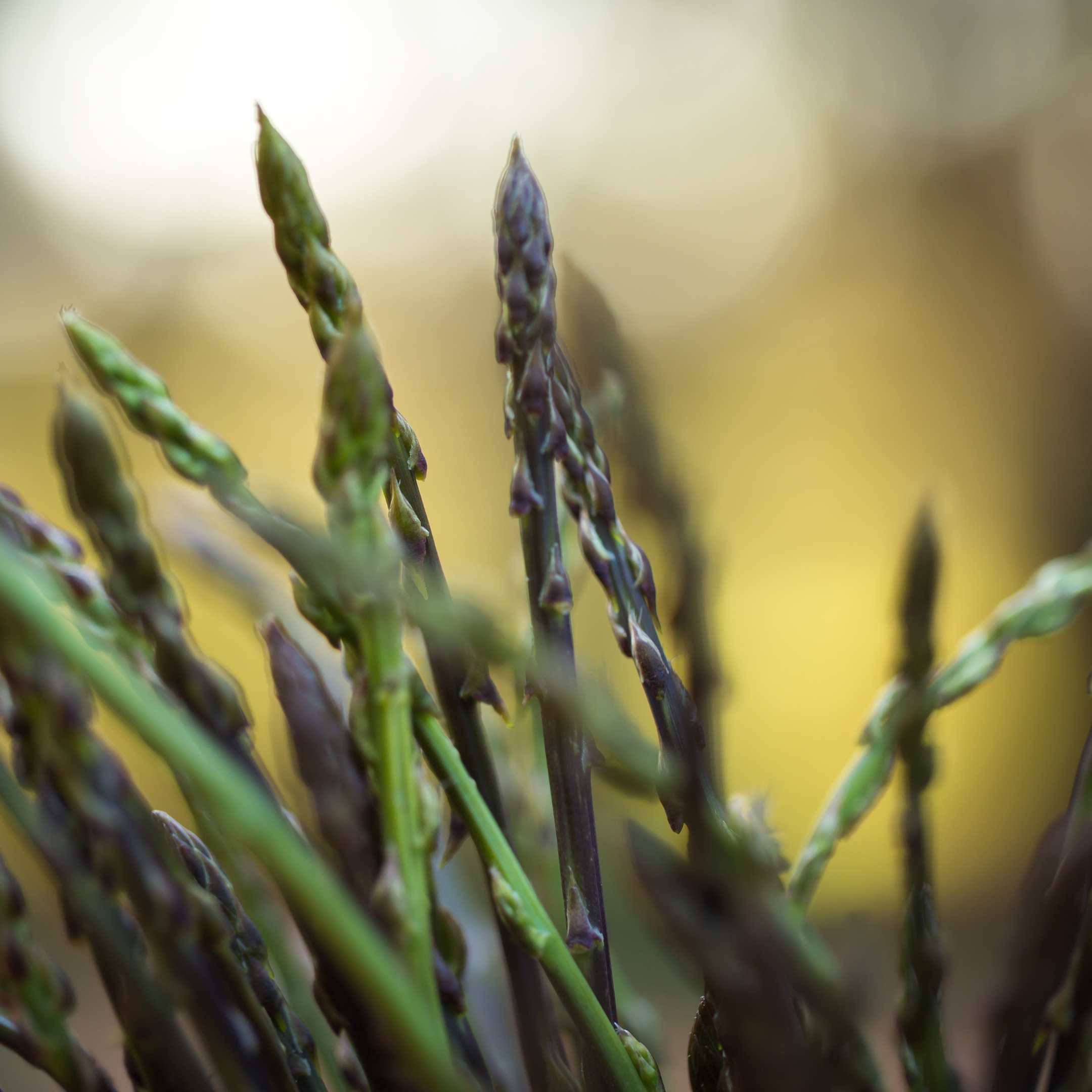Did you know that Sarsaparilla is found on Gozo and is a source of nourishment for many species of birds?
Author of, Weeds For Health On Gozo, Heléna Szöllősy shares everything you need to know about the wild plants that make up Gozo’s unique and diverse flora. Enjoy learning about the healing benefits and many usages of Sarsaparilla which flowers on Gozo between September to November..
Sarsaparilla
Smilax aspera
Botanical Name: Smilax aspera Synonyms: Smilax sarsaparilla, Smilax mauritanica, Smilax nigra Family Name: Smilacaceae Maltese Name: Zalza pajżana Common Names: Catbriar, Cat greenbriar, Common smilax, Sarsaparilla, Mediterranean smilax, Rough bindweed Meaning of the Name: Smilax, Greek name for ’poison’, aspera from the Latin word for ’rough’, possibly referring to the toughness of its branches, or to the presence of many small prickles that make the plant cling to clothes and other plants, giving it a rough sensation. sarsaparilla or zarzaparilla comes from the Spanish word zarza(bramble or bush), parra (vine), and illa (small)—a small, brambled vine.
DESCRIPTION
Sarsaparilla is a perennial, evergreen climber with a flexible and delicate stem, with sharp thorns. The climbing stem is 100–400 cm long. The leaves are 8–10 cm long, petiolate, alternate, tough, leathery and heart-shaped, with toothed and spiny margins. Also, the midrib of the underside of the leaves has spines. The flowers, are very fragrant, small, yellowish, or greenish, and gathered in axillary racemes.
The flowering period in Mediterranean regions extends from September to November. The fruits are globose berries, gathered in clusters, which ripen in Autumn. They are initially red, and later turn black. They have a diameter of 8–10 millimetres and contain one to three tiny and round seeds. Insipid is unpalatable to humans and are a source of nourishment for many species of birds.
Sarsaparilla
- Habitats: Bushy places, riverbanks, and ravines, usually close to the sea
- Range: South Europe to Asia in the Himalayas.
- Status for Malta: The only native species of the family in Malta. Common in the wild.
- Parts Used: leaves, root,
- Herbal Actions: Alterative, Antibacterial, Anticancer, Anti-inflammatory, Anti- psoriatic, Anti-scrofulous, Antiviral, Appetite, Demulcent, Depressant, Depurative, Diaphoretic, Diuretic, Poultice, Rubefacient, Stimulant, Tonic
- Main Active Constituents: caffeoyl shikimic acid, cetyl alcohol, ferulic acid, flavonoids, flavonol glycosides (isoastilbin, isoengetitin, astilbin) glucoside, kaempferol, quercetin, resin sarsapic acid, sarsaparilloside, sarsasaponin (parillin), sarsasapogenin (parigenin), smilagenin), shikimic acid, starch (50%), steroidal saponins (sarsaponin, smilasaponin (smilacin), minerals (aluminium, chromium, iron, magnesium, selenium, calcium, zinc), volatile oil
INTERNAL USES:
The effects, uses, and mode of administration resemble those of the ordinary sarsaparilla brought from America. The root has all the medicinal virtues of the widely used tropical herb sarsaparilla, though to a lesser degree.
- This is one of the best depurative medicines and is used as a springtime tonic and general body cleanser.
- Sarsaparilla has been used by many cultures for other ailments as well, including skin problems, arthritis, fever, digestive disorders, leprosy, and cancer.
- The ability of sarsaparilla to bind to endotoxins may be a possible mechanism of action as to how the plant exerts its effects. Problems associated with high endotoxin levels circulating in the bloodstream such as liver disease, psoriasis, fevers, and inflammatory processes, all seem to improve with sarsaparilla.
- Sarsaparilla has been used for treating syphilis and other sexually transmitted diseases and was documented as an adjuvant for leprosy treatment.
- Some sources state that sarsaparilla exhibits testosterogenic actions on the body, increasing muscle bulk and estrogenic actions as well to help alleviate female problems. In Mexico, the root is still used for its alleged aphrodisiac properties.
- A tea made from the leaves and stems has been used in the treatment of rheumatism and stomach problems.
- A tea made from the roots is used to help the expelling of afterbirth.

EXTERNAL USES:
- The ripe fruits are squeezed and applied to the skin in the treatment of scabies. It is used for the prevention of gout, arthritis, and inflammations of the joints.
- The wilted leaves are applied as a poultice to boil. Sarsaparilla has been used as a herbal or folk remedy for scaling skin conditions like psoriasis, especially when accompanied by irritation including eczema, pruritus, rashes, and wound care.
EDIBLE USES:
- Young shoots – raw or cooked as a vegetable. They can be cooked and used as an asparagus substitute. The tendrils are also eaten.
- Root – cooked. It can be boiled and made into a jelly or dried and ground into a powder then used with cereals when making bread etc.
- Sarsaparilla has been used as an ingredient in root beer and other beverages for its foaming properties—not for its flavouring properties.
OTHER USES
- A red dye is obtained from the ripe tendril.
- The plant is often grown as an impenetrable hedge in warmer countries than Britain.
PRECAUTIONS: Not for long term use. Overdoses of sarsaparilla can cause nausea and kidney damage. People with kidney problems or diabetes, should not take excessive doses.Do not use the herb in new-born babies or children or in pregnant and breast-feeding women. The herb may cause allergic effects, including chest pain, difficulty breathing, hives or a rash
Make This! Homemade Sarsaparilla Soda
Ingredients
- 3 tbsp. Sarsaparilla (about 1 oz.)
- 1x 6 in. Vanilla bean cut into many small segments
- 3 Cardamom seed pods
- 2 cups of sugar
- 1 tbsp. honey
- 1/8 tsp. Ale Yeast
- 1 gallon of water
Preparation
- Bring 1/2 gallon of water to a boil in a stockpot with Sarsaparilla, vanilla bean, and cardamom. Let simmer for about 20 minutes.
- Stir in the honey, and then remove from heat. Let steep another 20 minutes, covered.
- Stir in 2 cups of sugar until dissolved, then add 1/2 gallon of water to the brew.
- Let cool to 90 degrees. Scoop about a little bit of brew water out into a small glass or coffee mug, add yeast and let sit for 5-10 minutes. While letting the yeast get to work, strain the brew into another vessel. Add yeast, stir well, and bottle. Remember to stir your brew as you bottle to ensure the evenest distribution of yeast.
- Bottle and let sit for about 36 hours (more time for cooler climates, less time for hotter climates).
Want to learn what else you can forage on Gozo? Click here.
Author : Heléna Szöllősy. Editor: GITH

Helena is an expert on the medicinal properties of plants having trained in Herbal Medicine and Naturopathy, specialising in Phytotherapy including Homeopathy, Aromatherapy, Apitherapy and Bach Flower Therapy.
Information on the traditional uses and properties of herbs are provided in this book for educational purposes only and is not intended as medical advice. This information is not intended to be used to diagnose, prescribe or replace professional medical care. If you have any serious health concerns, you should always check with your health care practitioner before self-administering herbs. Please also undertake your own research when foraging. Some wild plants are endangered and are protected by law.







